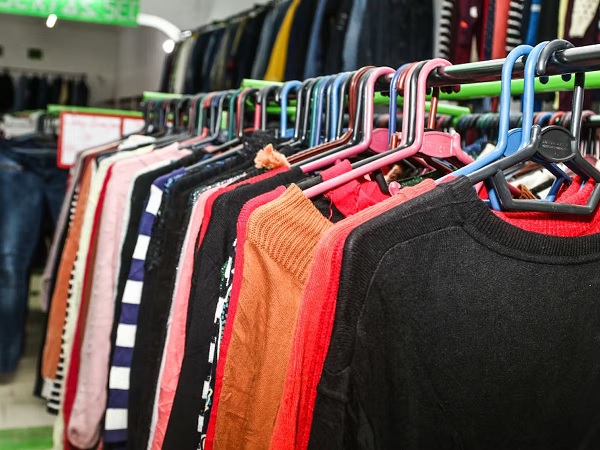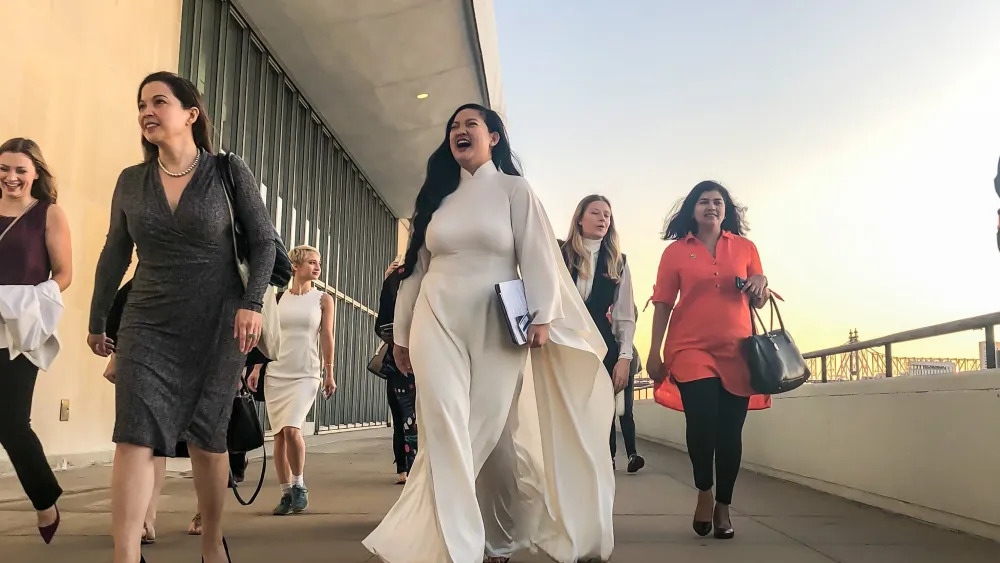
The pursuit of pre-loved clothing is emerging as the most prominent trend in the African market with consumers continually upgrading their wardrobes by donating or reselling used items.
As per an Euromonitor International report, known as Madunusa in South Africa, Okrika in Nigeria, and Mtumba in Kenya, the African secondhand clothing market is diverse. Aimed at all income groups, the market ranges from basic everyday use worn clothes to luxury apparel and thrift clothing. The Voice of the Consumer: Lifestyles Survey 2022 by Euromonitor International shows, Nigerians are the biggest buyers of second-hand clothing with nearly 10 per cent reporting buying and selling used items at least once a week.
Second-hand clothes sold in open markets across Africa are not bought by low-income group consumers only. They are also endorsed by pre-loved clothing shop owners who hunt for well-known brands in excellent condition to resell in their trendier and more upmarket thrift shops.
Uncertainties broadens market
While more formalized markets such as South Africa offer a plethora of options, other African countries offer limited options due to low modern retail penetration. Customers in these markets can buy pre-loved clothes from the few available stores at increased rates.
Recent economic uncertainties have broadened the market for secondhand clothes to include higher income consumers. However, this set prefers to shop either online or in better-maintained thrift stores. Secondhand products are also being bought by aspirational consumers who look to own luxury products at affordable rates.
Anyone can become a reseller in the second-hand clothing industry with little investment. However, some countries have introduced stricter rules for resellers though most of these laws are poorly enforced. For instance, despite a complete ban, import of second-hand clothing continues in Nigeria.
Secondhand clothing bales are handled by multiple people before reaching the final customer either in the same country or neighboring countries that ban secondhand clothes.
An employment, revenue opportunity
In 2019, Kenya spent 42 per cent of expenditure on secondhand clothing and footwear, as per #StateofMitumbaTradeKE. The secondhand clothing industry in the country employs nearly two million people and contributes over KES 12 billion in taxes annually, as per the Kenya National Bureau of Statistics. The market in sub-Saharan Africa offers abundant employment opportunities for governments. However, its growing demand threatens the local textile industry.
Euromonitor has identified other trends as well in Africa. Financial experts are using new services like mobile money to track their transactions. This enables smooth payment transactions, especially in the informal market. Secondhand fashion is being supported by only a small subset of consumers due to sustainability reasons. They consumers are opting for sustainable clothes besides expecting brands to ensure transparency in operations.
As Africans adopt a new path, making drastic personal changes and re-hauling their values, lifestyles and goals, affordability will continue to dominate purchasing decisions. They will continue to shop for pre-loved clothes and to meet their rapidly changing needs businesses will have to customize their offerings.












